The South America Fiber Optic Components Market has emerged as a vital segment within the broader telecommunications landscape, reflecting a growing demand for high-speed internet and advanced data transmission capabilities. This market is characterized by a range of competitive dynamics where various companies innovate and adapt their strategies to meet evolving consumer needs and technological advancements. The ongoing digital transformation across several sectors, including telecommunications, healthcare, and education, has led to an input-driven market environment.
Companies are increasingly focusing on enhancing their product offerings, optimizing supply chain logistics, and expanding their geographic footprint in response to competitive pressures. As market players vie for dominance, understanding their respective positions and strengths becomes essential for stakeholders looking to navigate this vibrant and rapidly evolving marketplace.Optical Cable Corporation stands out in the South America Fiber Optic Components Market with a strong reputation for delivering high-quality fiber optic solutions. The company leverages advanced technology to create durable and efficient optical cables that meet the rigorous demands of various applications, including telecommunications and industrial use.
Its strong engineering expertise allows Optical Cable Corporation to tailor products to suit local market needs, enhancing their ability to serve customers effectively.
The firm enjoys a competitive edge owing to its extensive distribution network throughout South America, which ensures timely delivery and customer satisfaction. Additionally, the commitment to continuous improvement and innovation in product design further strengthens Optical Cable Corporation's position in the market.Zyxel Communications has established a significant presence within the South America Fiber Optic Components Market by offering a comprehensive range of networking solutions tailored to local demands. The company provides advanced optical networking products such as switches, routers, and access points, which are critical for building robust telecommunications infrastructure.
Zyxel Communications emphasizes the importance of reliability and performance in its product offerings, enhancing the user experience and supporting rapidly growing data traffic in the region.
The company has engaged in strategic partnerships and collaborations to expand its market footprint, positioning itself as a trusted supplier in the fiber optic domain. Additionally, through acquisitions, Zyxel has bolstered its technological capabilities and market reach, consolidating its strengths and enhancing its product lineup, which includes a robust suite of connectivity solutions that cater to diverse operational requirements within South America.



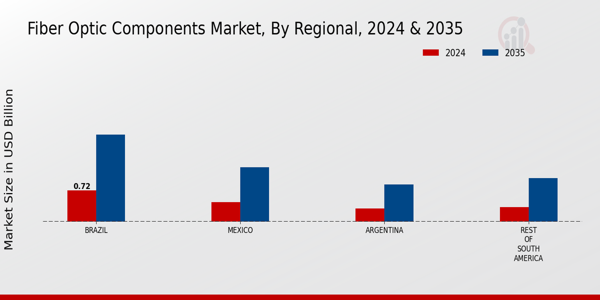
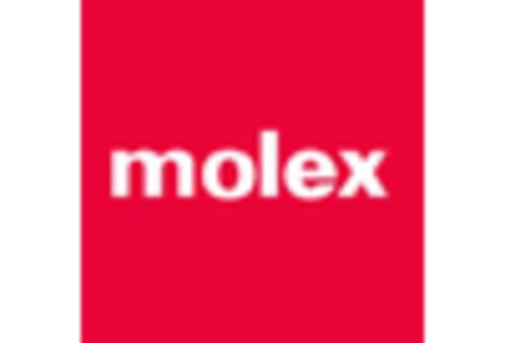
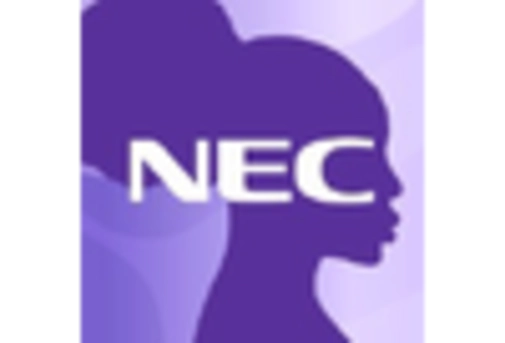

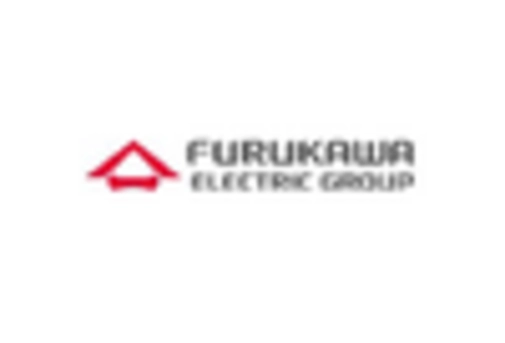
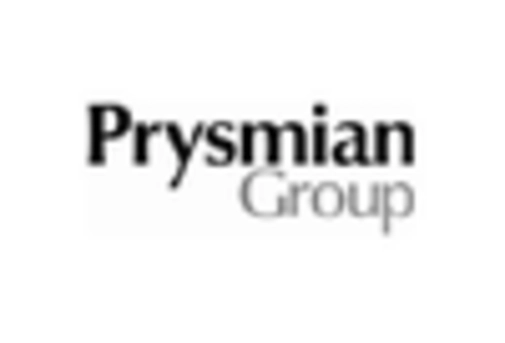










Leave a Comment